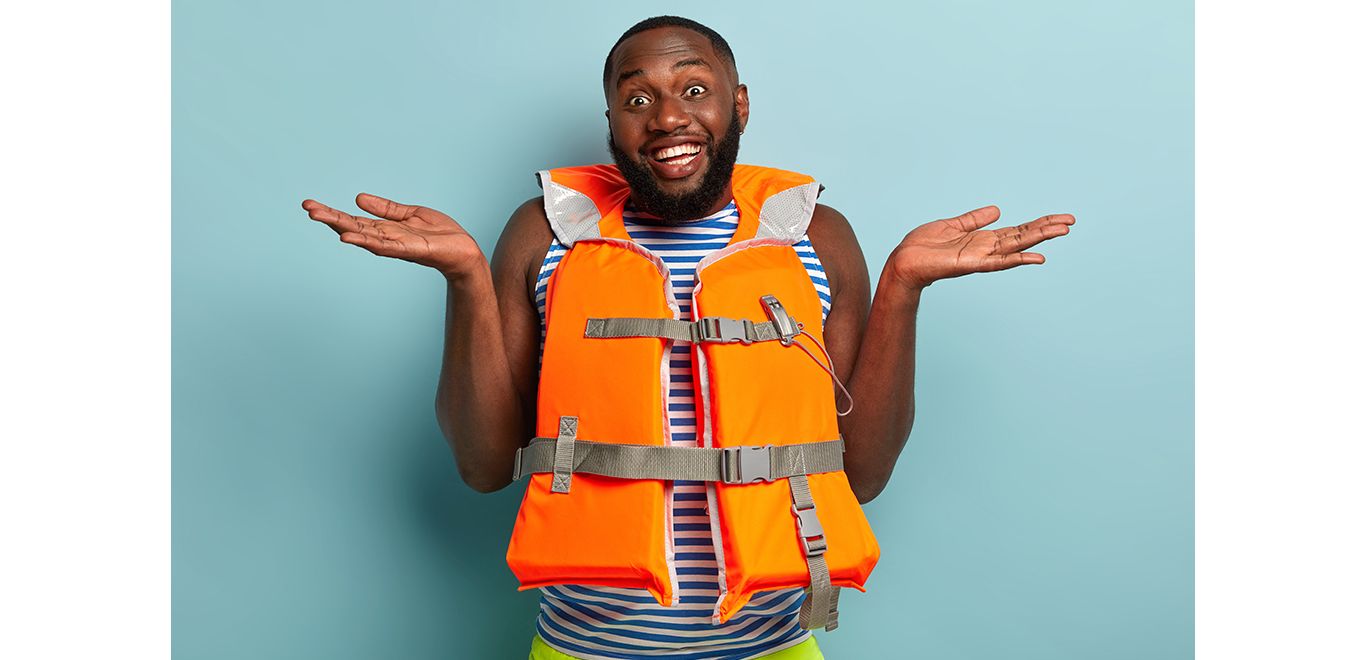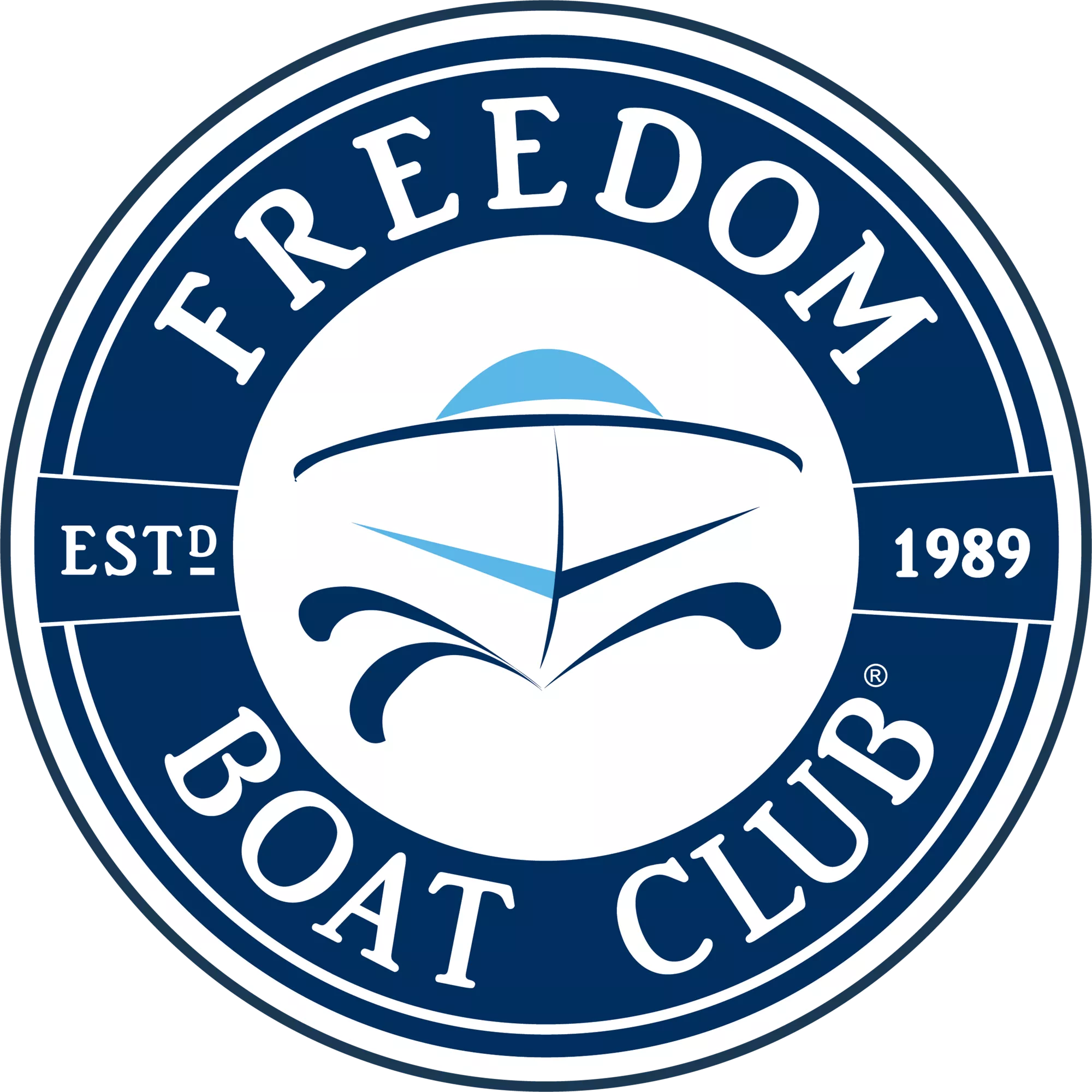
Did you know that the total surface areas of lakes in the United States exceeds 13,700 square miles?
That's plenty of space to take your family somewhere new for a boating trip, right? That’s not even including the fun you can have on your boat on the ocean.
Before you deep dive into nature, keep in mind that whenever you and your family are out on the lake, you need to keep them safe by wearing life jackets.
Wearing one of those old-fashioned orange life preservers gives you the appearance of a geek. These are some reasons we hear boaters give for not wearing a life jacket on the water, but it’s compulsory to wear. There are many more fashionable and free-moving life jackets available today too.
Read on to find out the types of life jackets and the activities they're most suited for. We will also provide advice on how to inspect and maintain your life jacket so that if you do need to use it, it works properly.
Wear Your Life Jackets
Boating, kayaking, skiing, sailing, and many other activities are available on these sites. Fortunately, a family boating holiday is an ideal opportunity to get away from the hustle and bustle of everyday life.
It's an opportunity to calm down, reconnect with family, get some use out of your boat, and generally get in touch with nature.
Yet, drowning and maritime mortality are significant concerns across the world. It occurs due to people’s recklessness because they don’t want to wear life jackets on the boating. It doesn't matter if you call it a life jacket, life vests, or a personal flotation device (PFD).
You must put it on and keep it on for the safety and security of your life.
Making the right choice of life jacket for your activity on the water can mean the difference between life and death. Choosing the incorrect sort of life jacket might leave you irritated and unable to fully enjoy your activity, increasing the urge to remove it entirely.
Moreover, lifejackets come in various forms, colors, and sizes. Many of them are thin and flexible. You can even get inflatable life jackets that are tiny until they hit the water, which causes them to expand with air.
Select the life jacket according to your taste and enjoy the boat ride with safety and peace of mind.
Want to know the types of Life Jackets? Read on.
Types of Life Jackets
Life Jackets are also popular as life vests, personal floatation devices or PFDs. The various kinds of life jackets mentioned below come in sizes for adults and children.
1. Standard PFDs
These are the PFDs that most recreational kayakers, canoers, and stand-up paddleboarders wear.
They resemble a vest and rely on flotation material, usually foam, to provide buoyancy. These are classified as Type III USCG-approved personal flotation devices (PFDs).
2. Inflatable PFDs
Vests and waist packs are included in this newest class of PFDs. These are suitable for kayaking, canoeing, and stand-up paddleboarding, and on-shore sailing.
When not inflated, their small profile makes them incredibly comfortable to wear. Depending on the design, these are classified as Type III or Type V USCG-approved PFDs.
These PFDs may inflate manually or mechanically. The manual type gets activated by pulling a cord, which ignites a CO2 gas cartridge and inflates the vest.
When submerged in water, the mechanical design inflates. Because of the possibility of becoming wet, the manual design is typically appropriate for vigorous activities.
3. Hybrid PFDs
A hybrid of a normal PFD and an inflatable PFD is a specialized best-of-both-worlds solution that gives intrinsic buoyancy in a tiny, comfortable-to-wear container, but they are usually much more expensive.
Choose the best PFDs from above for you and your family, then enjoy the boating trip with Freedom Boat Club.
Life Jacket Sizing and Fitting
Adults should choose a PFD based on their chest size rather than their weight. Measure the diameter of your chest at its widest point to determine your chest size.
Use this number in conjunction with the PFD manufacturer's sizing guidelines to determine the appropriate size for you. Sizing information is available on REI product sites.
Follow these steps to acquire the best fit for your PFD:
- Loosen all of the straps on a normal PFD, then put it on and zip it up. Put an inflatable over your head or around your waist.
- Begin by tightening all of the straps at the waist. Tighten the shoulder straps last if they are available. It should be tight but not suffocating.
- Pull up on the PFD's shoulders using a regular PFD. Tighten the straps if it slides up past your nose or head. The PFD is too huge If it continues to trend higher.
- A correctly fitting PFD is tight and fits like a glove, but it should enable you to move freely and not chafe when paddling and playing.
PFD fit tips:
- Wear the same clothes you'd wear paddling to obtain the most incredible feel and fit while trying on a PFD.
- Check your motions to ensure that they are comfortable and will not chafe you while paddling. Grab a paddle and imitate paddling motion if you're a stand-up paddleboarder. If you're a kayaker or canoer, practice in your boat at home or in a floor model at an REI shop. It will imitate the sensation of paddling.
- If you're a kayaker, pay attention to how the PFD interacts with the seat. The PFD should not ride up or cause discomfort. A short PFD works best for most kayakers.
- If feasible, put your PFD through its paces in a pool or shallow water to check how it functions. While floating, it should not ride up or slip over your chin.
- Women-specific PFDs often fit better than unisex PFDs for females due to contoured cups for breast lines and designs for women's torso lengths.
Life Jackets for Children
Kids' life jackets are available for children ranging in age from babies to teenagers. Inflatable life jackets are most suited to comfortable adults in the water. Thus, foam lifejackets are the recommendation for children.
Isn't it true one size fits all? Wrong.
Make sure you acquire the correct fit for your kids' life jackets. Buoyancy is dependent on weight, but make sure it's a snug and decent fit as well.
What to do when your child wants to swim in the water?
When children are in or near water, traveling on boats, or wandering on docks, they should wear a life jacket. If your child can swim, his skill will not protect him in all scenarios; you must assess the water conditions and the level of supervision.
Selecting a Life Jacket for Your Kid
Many life jackets may not adequately protect a kid. To protect your child's safety, choose a life jacket or PFD that has been mainly intended for your kids.
A children's life jacket or PFD should include the following features:
- A collar that is particularly big to support the child's head.
- A safety strap attaches between the knees to keep the jacket from sliding over the child's head.
- The collar has a grab strap.
- Reflective material and a safety whistle are provided.
Keep These Points in Mind for Your Kids:
- When aboard boats or near bodies of water, your children should always wear life jackets.
- Teach your kid how to put on a life jacket on their own.
- Ascertain that your youngster is comfortable wearing a life jacket and understands how to use it.
- Ensure that the life jacket fits your child correctly. The jacket should not be too big or too small. Your child should wear precisely, with all straps belted.
- Toys, rafts, and inflatable water wings should not be utilized as life jackets or life preservers. They are in no way secure.
- Adults should wear life jackets for their safety and set a positive example for their children.
Make sure that your kid understands how to fit and utilize the life jacket or PFD correctly, and never use a flotation device in place of adult supervision.
The Requirements for Life Jackets
Every passenger onboard a recreational watercraft must wear a properly fitting life jacket. Life jackets must have Coast Guard-approved, in good working order, and the correct size for the intended user. They are most effective when worn.
Similarly, children under 13 must wear a Coast Guard-approved PFD when on a moving vessel unless they are below decks or in an enclosed cabin. The requirement of any State that has created a child PFD wear requirement gets adopted within the geographic borders of that State.
How Do Life Jackets Save Lives?
- By giving buoyancy, if you find yourself in the water suddenly
- By giving buoyancy if you plunge into the sea on purpose to save someone else
- Provide buoyancy when you cannot keep yourself afloat due to exhaustion, injury, or cold.
- If you are a weak or inexperienced swimmer, you might benefit from buoyancy.
Things You Must Know
- The best life jacket is the one you are going to wear.
- Sure, life jackets intend to keep your head above water and maintain you in a posture that allows you to breathe correctly.
- A recreational vessel must carry a U.S. Coast Guard Approved lifejacket for each person aboard to fulfill U.S. Coast Guard criteria.
- Children's life jacket wears requirements may differ by state.
- Children may not be able to wear adult-sized life jackets. There are child-sized life jackets available.
- At least once a year, you must inspect foam-filled life jackets for wear and buoyancy. Life jackets that are wet, discolored, or otherwise damaged are discarded.
- Inflatable life jackets should handle with care according to the manufacturer's recommendations.
- Most adults require just 7 to 12 pounds of buoyancy (31 to 53 Newton).
How to Select a Life Jacket?
When selecting a life jacket or PFD, keep the following factors in mind:
- Check the label or stamp to ensure that the flotation device has been approved by the Coast Guard, Transport Canada, the Coast Guard, or Fisheries and Oceans.
- Choose one appropriate for the sort of boating activities you intend to engage in. Will you be doing any wakeboarding? Do you own a PWC? Fishing?
- Make sure its the right size
- Check that it fits snugly yet is comfortable to wear while allowing for movement.
- If you are purchasing a life jacket or PFD for someone else, make sure that it will fit that individual.
Whichever life jacket you choose, you have to make sure you actually wear it! It can be pretty tempting if you’re out fishing for hours to just take it off. Not only is this dangerous, but it could also land you in some trouble with the law.
Life Jackets Float: You Don’t
You would be surprised to know that the vast majority of drownings happen in calm, inland seas. Moreover, most people drown because they have easy access to a life jacket, but they don’t wear it. Although the boating risk is entirely unpredictable, people should increase the consistent usage of life jackets.
You must take your time to choose the right life jacket for your activities and the water conditions, but don't forget the most crucial thing: “Life jackets only work if you wear them.”
We hope that you have learned the low down of life jackets for your family from our article. Join Freedom Boat Club now because we offer a variety of memberships opportunities, knowledge, and discounts for our members.
